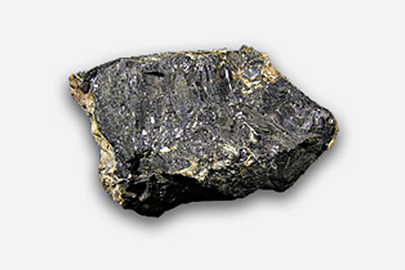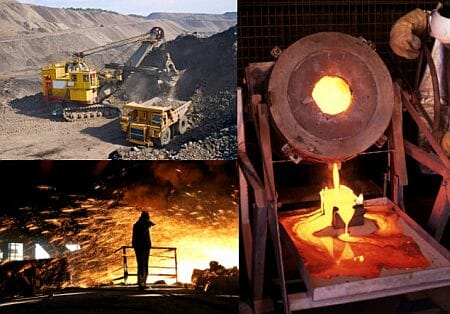

The NRC says it will only grant a groundwater cleanup exemption if that’s the case.īut while Homestake and other mining companies have polluted the region, it’s been the NRC and various other agencies that stood by as it happened. The company said it has produced models showing that its waste won’t imperil the region’s water if it walks away.

One resident said the area was quickly becoming a “ghost town.”Įven after the community is gone, more than 15,000 people who live nearby, many of them Indigenous, will continue to rely on water threatened by Homestake’s pollution. This April, Homestake staff indicated they had 123 properties left to buy. Property records reveal the company had, by the end of 2021, purchased 574 parcels covering 14,425 acres around the mill site. Those who do sell are required to sign agreements to refrain from disparaging Homestake and absolve the company of liability, even though illnesses caused by exposure to radioactive waste can take decades to manifest. Local real estate agents and residents say the company’s offers do not account for the region’s skyrocketing housing costs, pushing some who accept them back into debt in order to buy a new home. Part of Homestake’s strategy: buy out nearby residents and demolish their homes. Department of Energy to monitor and maintain forever.īefore it can transfer the site to the Department of Energy, Homestake must prove that the contamination, which exceeds federal safety levels, won’t pose a risk to nearby residents or taint the drinking water of communities downstream.

Rather than finish the cleanup, Homestake’s current owner, the Toronto-based mining giant Barrick Gold, is now preparing to ask the Nuclear Regulatory Commission, the independent federal agency that oversees the cleanup of uranium mills, for permission to demolish its groundwater treatment systems and hand the site and remaining waste over to the U.S. Still, the cleanup target date continued shifting, to 2017, then 2022. In 2014, an EPA report confirmed the site posed an unacceptable cancer risk and identified radon as the greatest threat to residents’ health. After missing that target, the company told regulators it would complete the job around 2006, then by 2013. In the 1980s, Homestake promised residents groundwater would be cleaned within a decade, locals told the Environmental Protection Agency and ProPublica. Time and again, they missed their deadlines while further spreading pollution in the communities. Time and again, Homestake and government agencies promised to clean up the area. Interviews with dozens of residents, along with radon testing and thousands of pages of company and government records, reveal a community sacrificed to build the nation’s nuclear arsenal and atomic energy industry.

The federal government will eventually assume responsibility for the more than 50 defunct mills that generated this waste.Īt Homestake, which was among the largest mills, the company is bulldozing a community in order to walk away. ProPublica found that regulators have failed to hold companies to account when they missed cleanup targets and accepted incorrect forecasts that pollution wouldn’t spread. Uranium mining and milling left a trail of contamination and suffering, from miners who died of lung cancer while the federal government kept the risks secret to the largest radioactive spill in the country’s history.īut for four decades, the management of more than 250 million tons of radioactive uranium mill waste has been largely overlooked, continuing to pose a public health threat. The failures at Homestake are emblematic of the toxic legacy of the American uranium industry, one that has been well-documented from its boom during the Cold War until falling uranium prices and concerns over the dangers of nuclear power decimated the industry in the 1980s. The contamination continued to spread even after the mill closed in 1990. State and federal regulators knew the mill was polluting groundwater almost immediately after it started operating, but years passed before they informed residents and demanded fixes. The waste it left behind leaked uranium and selenium into groundwater and released the cancer-causing gas radon into the air. Here's Howīeginning in 1958, a uranium mill owned by Homestake Mining Company of California processed and refined ore mined nearby. To support our nonprofit environmental journalism, please consider disabling your ad-blocker to allow ads on Grist.


 0 kommentar(er)
0 kommentar(er)
